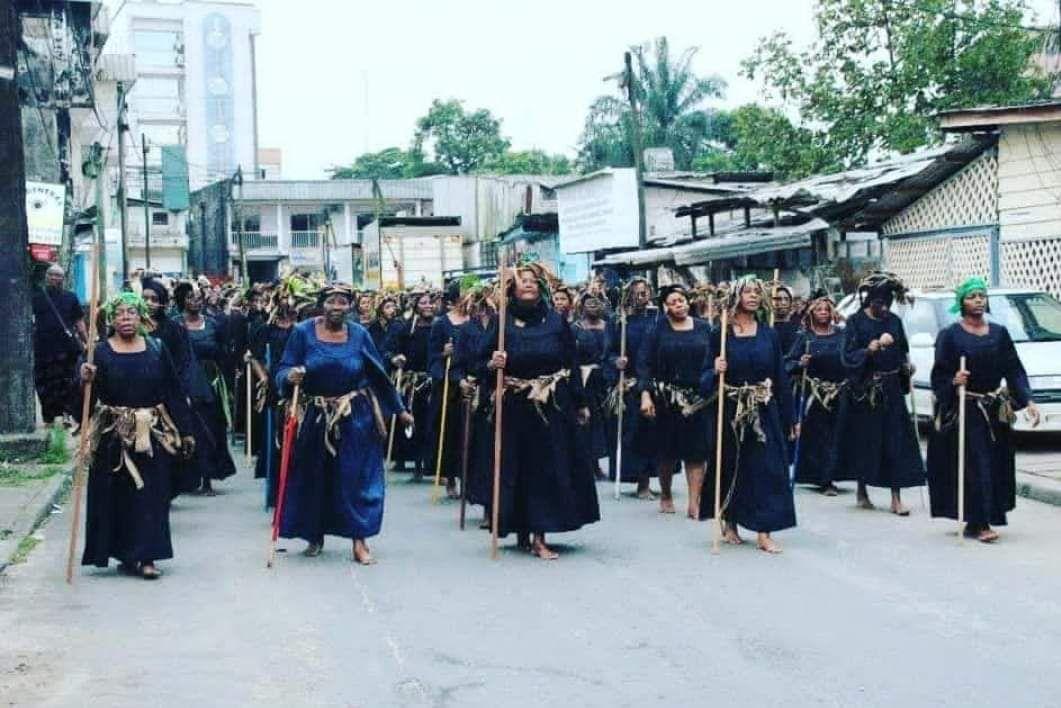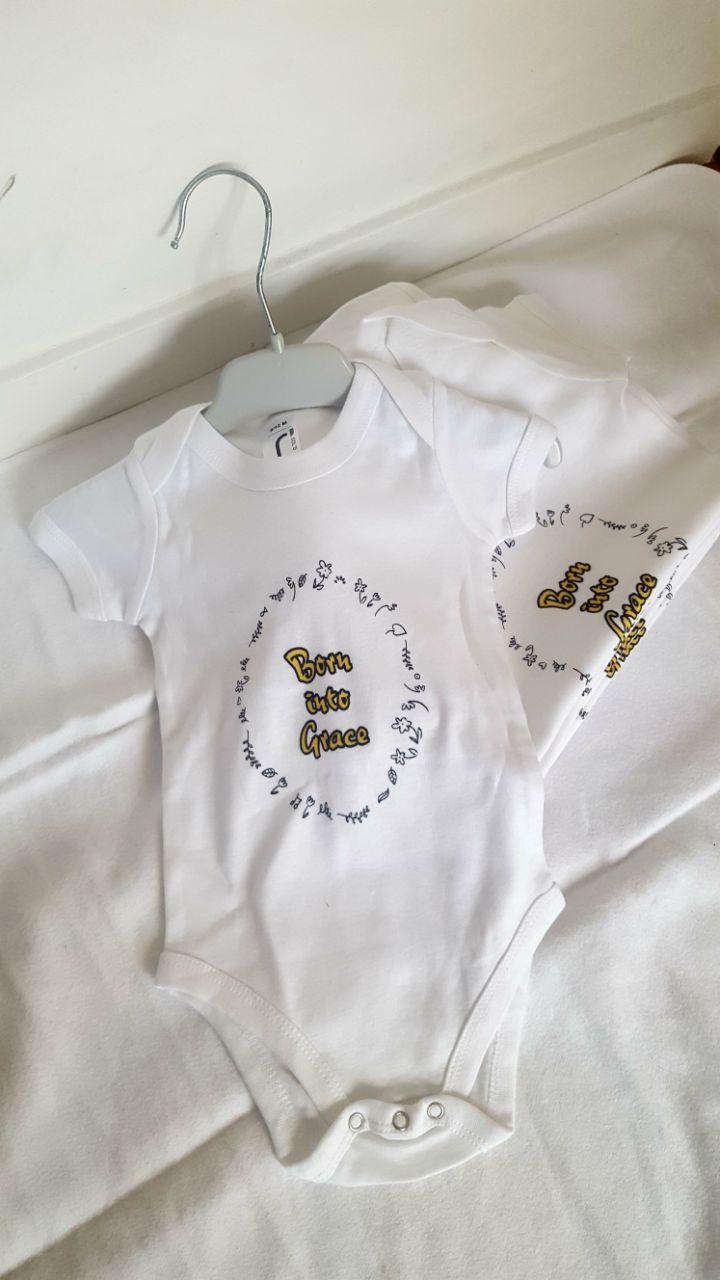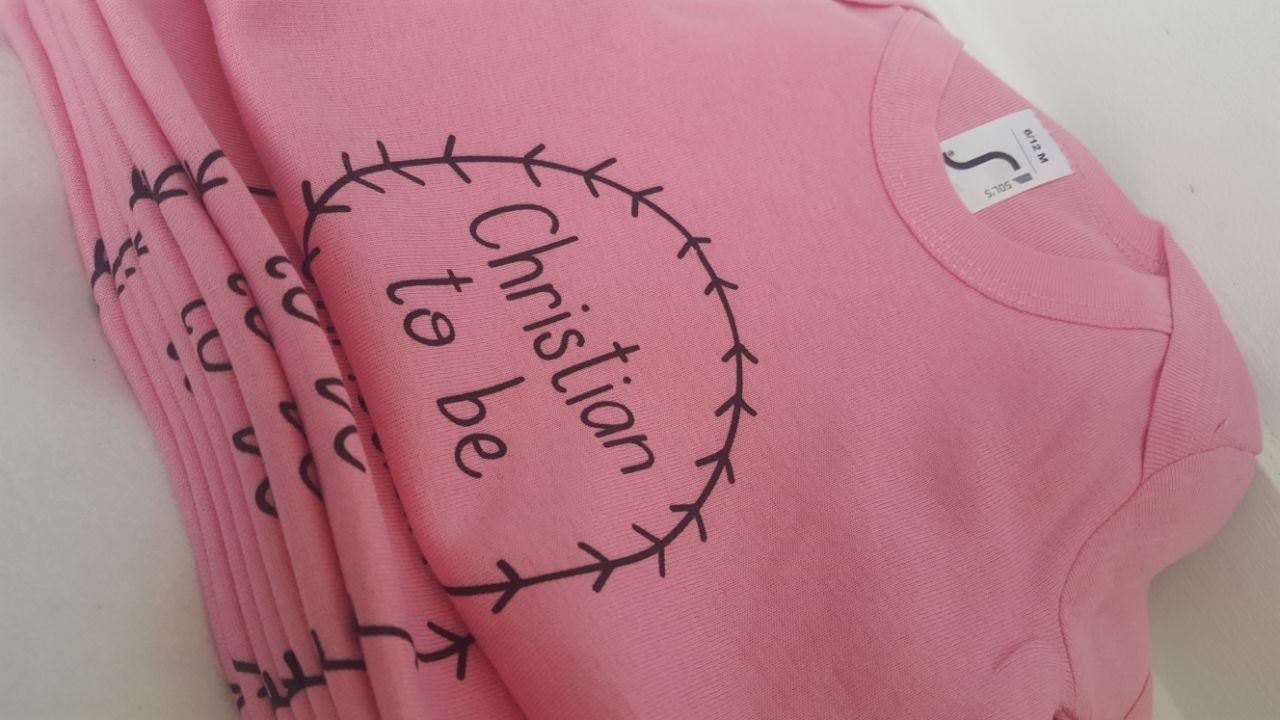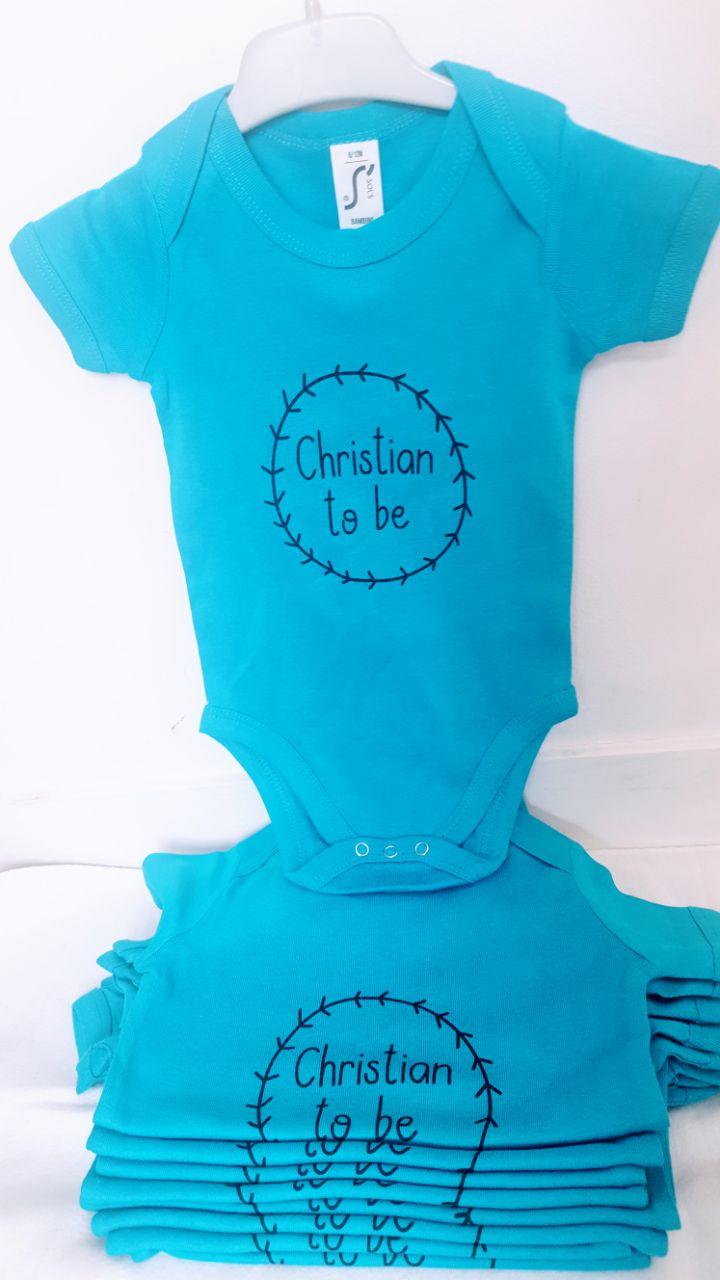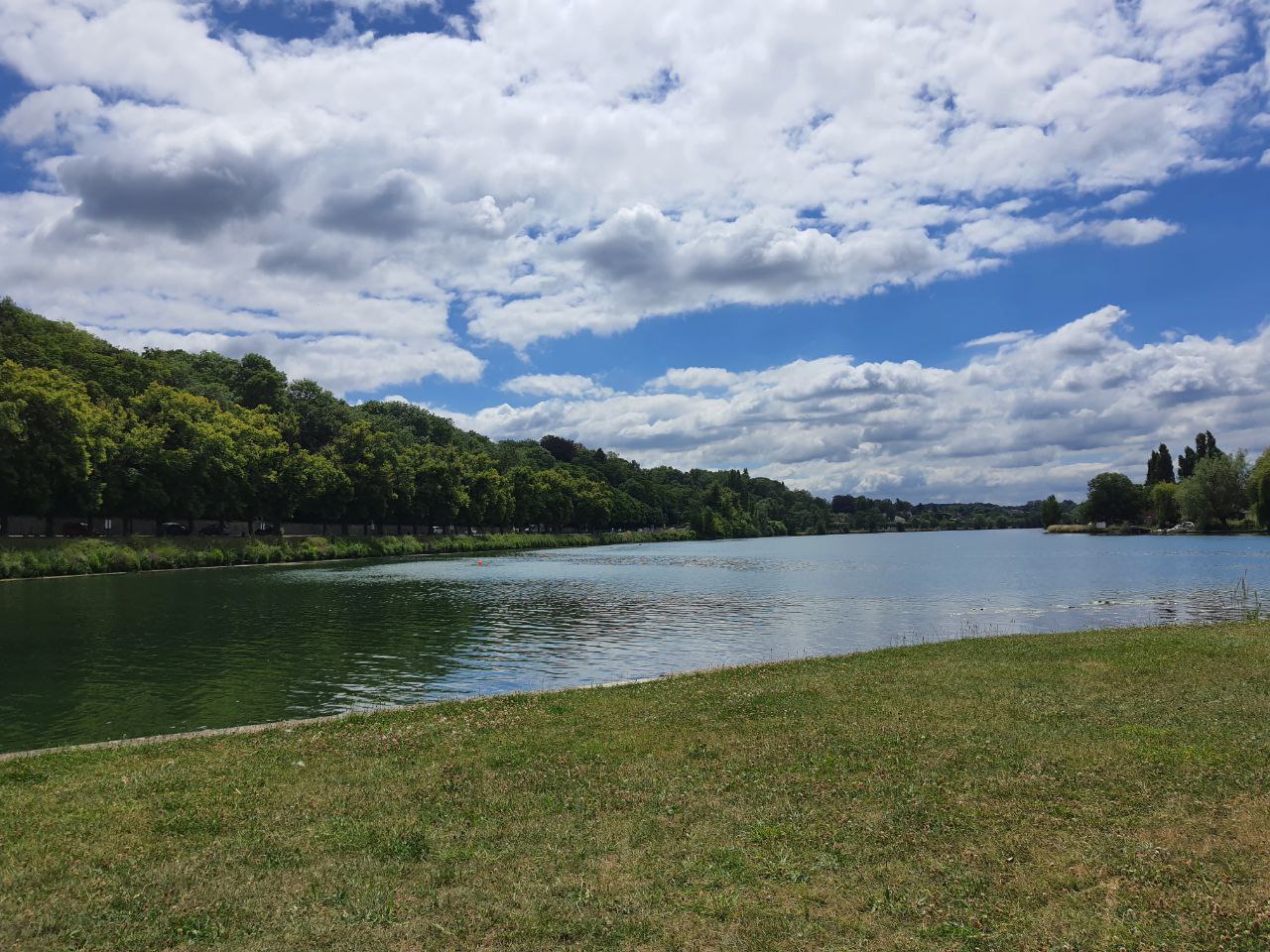Read this article in French here.
While for many theorists the Kaba was born in West Africa, others argue that it appeared in the Littoral region for the first time.
With the arrival of the missionaries, the Duala people, and more generally the Sawa people experienced a period of cultural renewal as they abhorred local practices.
In view of the jealousy of the wives of the colonists when faced with the graceful bodies of the young nubile girls moving uncovered in front of them, creating such perceptible embarrassment, it was not long before it was “instilled” in the women of the coast that “only a decent outfit would please the Lord”
This is how they are forced to wear a rough covering that they will call in their dialect “KABA“, a deformation of the English word “COVER“. This large bag with openings for the head and arms was the first indigenous garment, developed under the influence of Europeans.
Post contents
The Kaba Ngondo as we know it
Having learned domestic arts and sewing under the guidance of Helene Saker, it was at the start of the 20th century when Victorian fashion was in full swing (large skirts under tight corsets) that the natives began to create, carve and sew their own “covers”. The feminine coquetry did the rest and little by little they put into practice their sense of taste and style by transforming the original misshapen bag into an authentic and sophisticated Sawa garment.
In “Le Paradis Tabou”, Valère Epée the historian explains that there are several types of Kaba namely:
– the ceremonial kaba “mindènè“
– the elegant kaba “mukuku“
– the house kaba “misodi“
It is reported that in the mid-1940s, only older women wore Kabas, not only as a sign of maturity but also of prestige, as it took a lot of money to procure that much fabric.
Subsequently, the acquisition of fabric having become more accessible to all, families and communities started producing material bearing the emblem of their grouping as a sign of belonging to a family, a village, or a region.
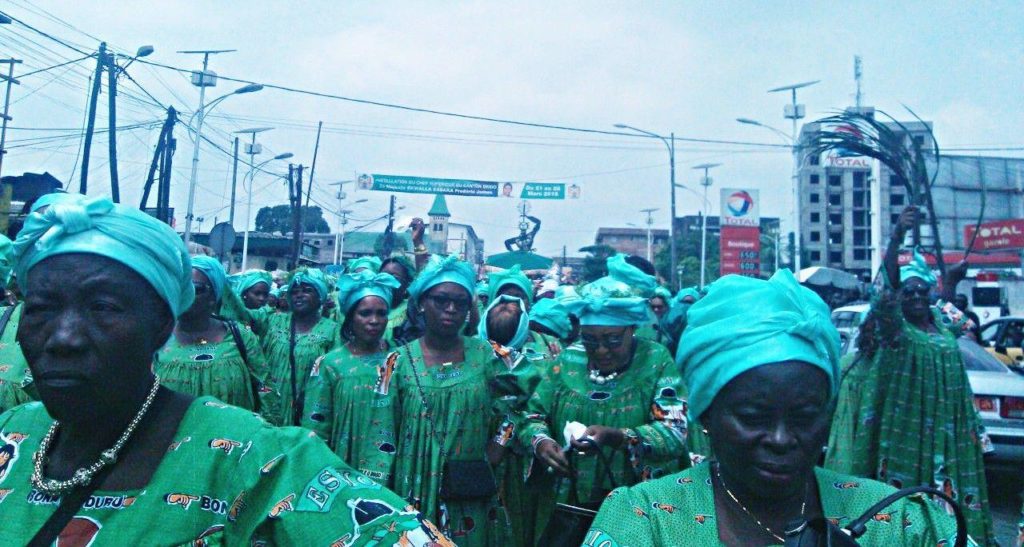
This explains, for example, why the Bonamikengue‘s kaba has ants as a motif, that of Bonadoumbe has a hoe and cassava leaves while that of the Wouri’s Bassa‘s bears the names of the 23 villages that make up the said canton.
Over the years, therefore, there has been an explosion of regional, cultural, linguistic, social, and geographical barriers of the Kaba which has not always had the popularity it enjoys today since it was worn from the beginning for traditional gatherings, where its name KABA NGONDO streams from.
In fact, the two decades which followed the independence of Cameroon were rather dark for the Kaba which saw itself relegated to the bottom of the cupboards, worn just for household chores, funerals and intended for grandmothers, young people finding it unsightly.
The Kaba gets modernised
In the 1980s, tailors in the markets reversed the trend, creating the Mini-Kaba, characterized by short or mid-length sleeves and mid-calf length.
In the 1990s, fashion designers exploited this lucrative trend, the Cameroonian Ly Dumas being the most popular as she used fabrics like Ndop and was the first to export our national garment. Other internationally renowned designers such as Paco Rabanne, Parfait Behen, Caroline Barla (and her famous revolutionary collection of denim kabas under the Caramelle label), Rodrigue Tchatcho and Christalix were captivated by the originality of the kaba they presented under several haute couture models.
The annual Lambo la tiki festival allows young designers to give the classic Kaba Ngondo a makeover at each edition, making it an appropriate outfit for all occasions.
How to wear your Kaba properly
The complete attire consists of the Kaba, a petticoat, or pèti (a kind of nightie), very often used to reduce the transparency of the Kaba, a voluminous headscarf covering the ears, and another scarf this time elegantly thrown over the left shoulder.
Bag, shoes, and jewellery are worn or not depending on whether the occasion is traditional or not.
The 19th century “cover” has come a long way and is now part of our national heritage. Although it remains a traditional garment for the coastal peoples, the Sawa, it is now worn by all Cameroonians.
Other sources: a French CRTV documentary
For more artcles on Cameroonian culture click here!
